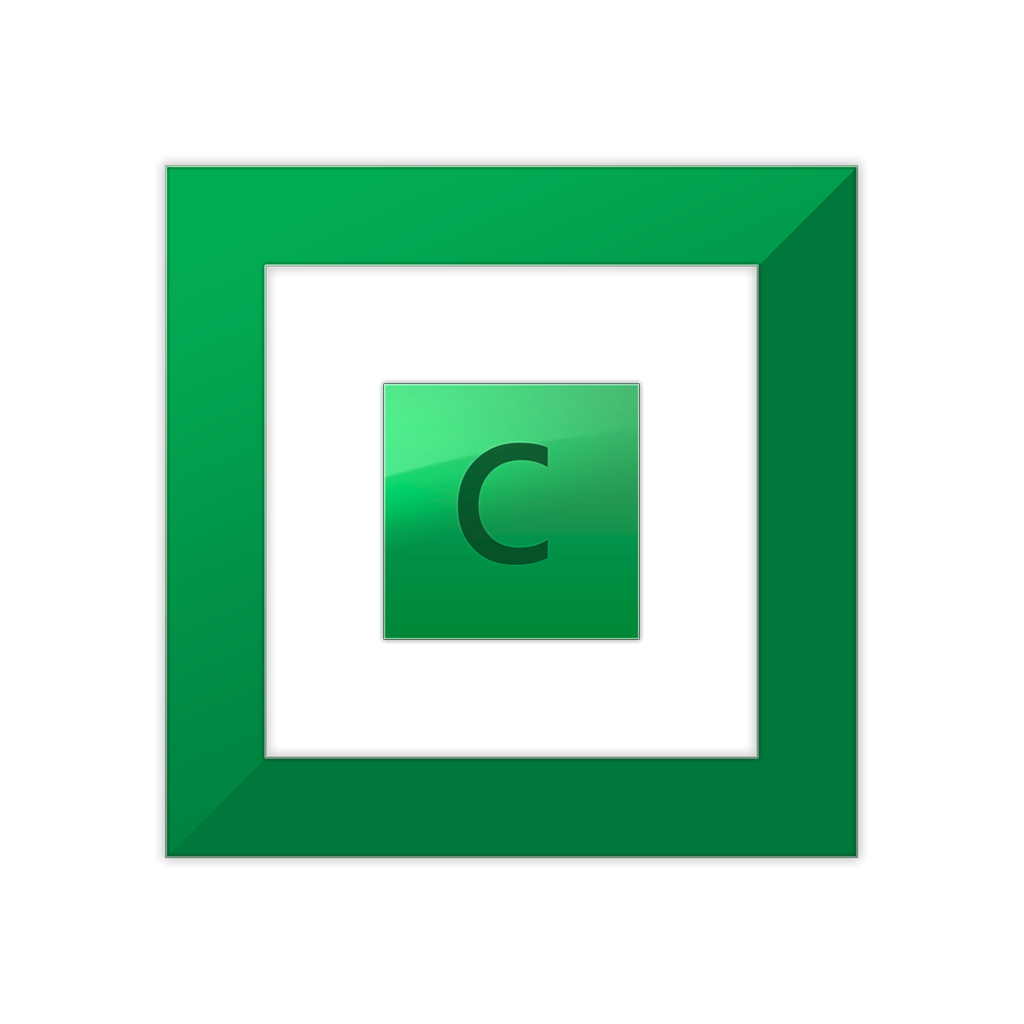-
Posts
11700 -
Joined
-
Last visited
-
Days Won
388
Everything posted by Christopher (Drashna)
-
You are very welcome. And you're pedantic! Though, I tend to be the same way. But yeah, it may not be the best term, but replication also kind of invokes the same mental image, IMO. I'm not sure there is a "best phrasing", short of making up our own.
-
Are you sure that this was with StableBit DrivePool, and not Drive Bender? The reason I ask, is that we don't disable duplication, and we don't use the term "mirror" for file protection (it's always duplication). And because of the section in the licensing FAQ, and experience: https://stablebit.com/Support/DrivePool/Licensing This is a topic that has come up from time to time, and we do have plans on if this were to happen. Obviously, we don't want it to ever happen, but the future is uncertain. I believe the plan in that case was basically, disable the licensing altogether, and stop support completely for the software.
-
Do you have duplication enabled for everything? If so, double check the folder protection options. If you see any folders with a "+", that means that one or more subfolders has a different setting. Additionally, you can use "dpcmd set-duplication-recursive" to force set duplication on everything.
-
If the configuration works for you, then use that. However, the settings for that guide were based on a freshly formatted drive. I've I have a Server 2022 system, and have helped set up a friends, and have used this config. So, it's very odd that it's not working for you properly. But may be a Windows specific thing.
-

The dreaded 'unable to enumerate' error...
Christopher (Drashna) replied to SteveMc's question in General
Yeah, it's usually related to file system corruption, in my experience. But there is always a possibility that it is directly related to StableBit DrivePool. -

DrivePool only created 2TB partition on 4 TB drive
Christopher (Drashna) replied to wtown's question in General
It's been a while, but IIRC, some older AF drives can act weirdly. But if there is nothing on the disk, then repartitioning it would be the best bet. -

forced drivepool measuring and checking
Christopher (Drashna) replied to Shooter3k's question in General
A forced reboot should a remeasure pass, yeah. -
To clarify, Windows 7 (and 8,) are no longer supported by Microsoft, and no longer receiving updates. We follow suite with the Microsoft support lifecycles, since we can't ensure stability of the OS outside of the support lifecycle. Additionally, key components (such as .NET Framework and Visual C++ runtimes) may not be supported, anymore. Especially in the case where we need/want to update this components. However, we haven't done anything to explicitly disable support for these OSes, so they may still work just fine. However, the longer it's been since they've exited the support lifecycle, the more likely you are to have issues. Additionally, Windows 10 leaves extended support Oct 2025. Yay....
-

Expand functionality of file protection / duplication feature
Christopher (Drashna) replied to one-liner's question in General
That's very much odd, I'll take a look into it, as it should be easily reproduceable. I'm not sure what you mean here. Could you clarify what you mean. That said, the removal options do have a "duplicate data later" which skips any duplicated data on the drive being removed, and then runs a duplication pass to reduplicate data as needed. Not currently. Note that file placement is handled both by the service (during a duplication or balancing pass) as well as in the kernel. Any logic needs to be quick and as free of dependancies as possible. (the recent crowdstrike fiasco illustrates why this is important). And determining "newest" isn't necessarily simple. There are multiple criterias that can be considered for this. And that drives tend to fail in a bathtube curve, a new disk isn't necessary the best idea. As for generating a hash, and storing it for verification is a very resource intensive process. Both CPU wise, but also requires storing a database with all of the hashes. And would essentially require doing this at the kernel level. That said, there are a lot of solutions for this sort of behavior already, and will probably do it better than we could. As mentioned, SnapRAID can do a majority of this sort of thing, already. -

The dreaded 'unable to enumerate' error...
Christopher (Drashna) replied to SteveMc's question in General
The "System" section of the Event Viewer may indicate why, in some cases. Eg, disk errors and such. And if you're still having issues, https://stablebit.com/Contact -
The drives should go idle if there isn't usage/access on the drives/pool. In some cases, the BitLocker poolpart detection can trigger activity on the disks and keep them from idling. In this case, there is an advanced setting to disable that functionalitly: https://wiki.covecube.com/StableBit_DrivePool_2.x_Advanced_Settings And it's the example, actually. Also, avoid assigning the letters A:\ or B:\ to the pool or any other disk. Windows has some hard coded behavior that assumes that these letters are floppy drives, and will periodically ping the drives. I've not seen a way to disable it. Though, if you wanted to ensure that drives don't idle, this would be a good way to do that.
- 1 reply
-
- drive
- power saving
-
(and 3 more)
Tagged with:
-

"Duplication Inconsistant" for files that don't exist!?
Christopher (Drashna) replied to dslabbekoorn's question in General
If you haven't already, run a CHKDSK pass on the underlying disks. This may correct the issue with the folder. Also, you may be able to delete the folder on the underlying disk(s). It should be in a mirrored path under the hidden "PoolPart.xxxx" folder. -
Honestly, not enough information. Missing stuff like the balancing ratio reported on the pool, etc. That said, setting the balancing ratio to 100% should make it balance very aggressively (when/where it needs to). But the default balancing settings shouldn't move the data around except for in specific edge cases. Such as the disks being over 90% full, there being "unsuable for duplication" space reported on the pool, etc. That said, could you open a ticket at https://stablebit.com/contact and after doing so, run the StableBit Troubleshooter, using the contact ID number from the ticket?
-
I mean, by default, it kind of tries to do this. New files are placed on the disk with the most available free space. If you have multiple disks with the same amount of free space, it should kind of round robin the placement (though this heavily depends on the file sizes).
-

failed drive removed from pool but files missing
Christopher (Drashna) replied to Shooter3k's question in General
Depending on the exact chain of events, this may be normal. When balancing or changing duplication, empty folders are not pruned. So if the files were on that disk but moved off, you will likely see empty folders. As for the recovery tools seeing the files, that may be normal. Files deleted from a disk, even when done by the balancing/duplication engine will still leave the data on the drive until those sections are needed. This is actually how recovery software is able to get that data. So if duplication was enabled, it soulds like you should be fine. However, you can recover the data, and remeasure the pool. It will check the duplication level against the number of copies, and adjust things accordingly (eg reduplicate data, remove extra copies, etc). -
That is very odd, especially since it appears that the empty file is about the correct size, but filled with empty characters. If you continue to see this behavior, there may be other issues on the system.
-

Scanner does not save progress when switching drives?
Christopher (Drashna) replied to Feng's question in General
To add to this, yes, the progress is saved. The "scanning" percentage is based on what needs to be scanned currently, not on the whole disk. Which can be misleading. That said, you can see how the drive is tracked here: https://stablebit.com/Support/Scanner/2.X/Manual?Section=Disk Scanning Panel#Sector Map And you may note that each sector has a date when it was last scanned. Each region is tracked, and different regions on the same disk can and will have different dates and times. Over time, this should actually help the software to "learn" when to scan the drives, by picking times when they are much less likely to be throttled. -

Old poolpart returning to the pool
Christopher (Drashna) replied to Disorganised's question in General
There is also the "archive removal" option. And in a pinch, the "dpcmd" command line tool has a "ignore-poolpart" command that marks the disk as removed. -
It should be noted that when adding a new disk, StableBit DrivePool does NOT rebalance the data in the pool to use the new disk, immediately. This is ... unnecessary and over time leads to a lot of unneeded/unnecessary writes/moves. Over time, it will use the drive, as new files are placed on the drives with the most available free space (and the new drive is likely to be the primary candidate for that). However, if you are insistent on rebalancing the data to the new drive, you can use the "disk space equalizer" balancer. It is disabled by default, but enabling will rebalance the data on the pool so that it's similar usage between all of the drives.
-

duplication pool setup with nvme taking forever to build bucket lists
Christopher (Drashna) replied to Shooter3k's question in General
Also, things like the balancing ratio, and when to balance will influence how often it balances the data too. -
You absolutely can use StableBit DrivePool in a VM. There shouldn't be any issues with doing so, if you're passing the whole disk through. The only caveat is that you may not get SMART support for the drives inside of the VM, but this depends on hypervisor and how things are configured.
-

Cannot mount drives from Box provider (server is throttling us)
Christopher (Drashna) replied to chiamarc's question in General
Has also been flagged in a ticket, and we're looking into handling.- 2 replies
-
- clouddrive
- box
-
(and 1 more)
Tagged with:
-
If it helps, iDrive E2 uses an S3 compatible endpoint, which should be the best option. I'm not sure about the pricing though (I haven't really looked close at it).



